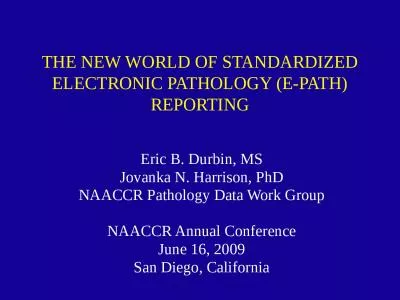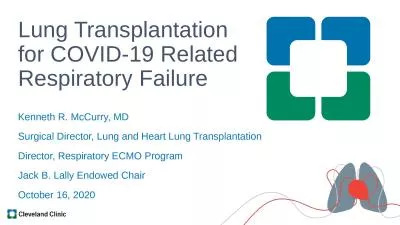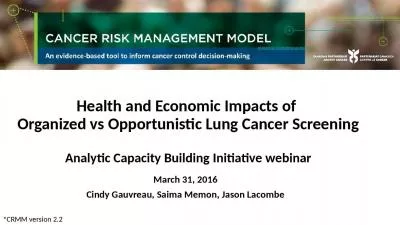PPT-Lung 2020 NAACCR 2020-2021 Webinar Series
Author : gelbero | Published Date : 2023-12-30
QampA Please submit all questions concerning the webinar content through the QampA panel If you have participants watching this webinar at your site please collect
Presentation Embed Code
Download Presentation
Download Presentation The PPT/PDF document "Lung 2020 NAACCR 2020-2021 Webinar Serie..." is the property of its rightful owner. Permission is granted to download and print the materials on this website for personal, non-commercial use only, and to display it on your personal computer provided you do not modify the materials and that you retain all copyright notices contained in the materials. By downloading content from our website, you accept the terms of this agreement.
Lung 2020 NAACCR 2020-2021 Webinar Series: Transcript
Download Rules Of Document
"Lung 2020 NAACCR 2020-2021 Webinar Series"The content belongs to its owner. You may download and print it for personal use, without modification, and keep all copyright notices. By downloading, you agree to these terms.
Related Documents

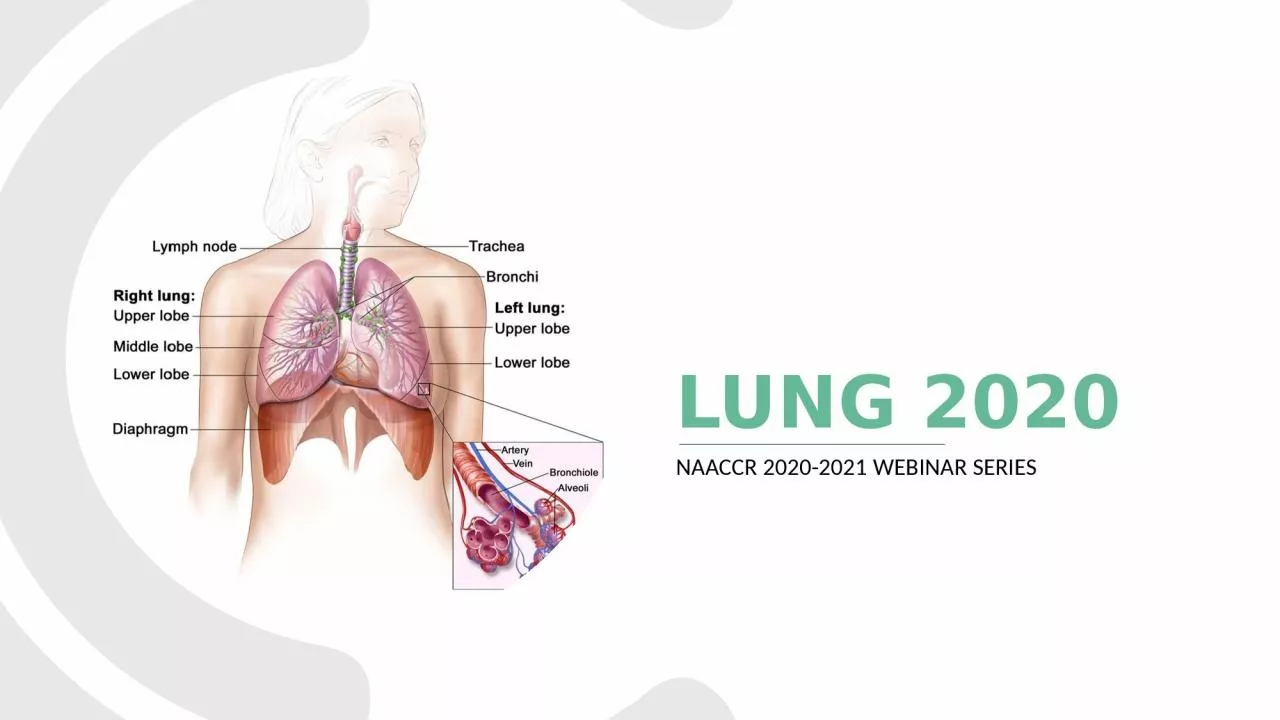



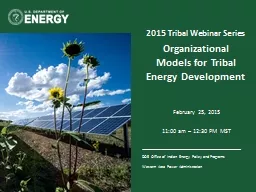
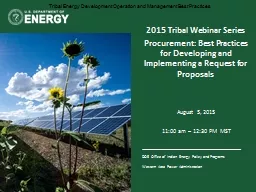

![[EPUB] - 2020-2021 Academic Planner July 2020 - June 2021: Watercolor Cactus Cover |](https://thumbs.docslides.com/902722/epub-2020-2021-academic-planner-july-2020-june-2021-watercolor-cactus-cover-2020-2021-academic-year-weekly-appointment-boo.jpg)

